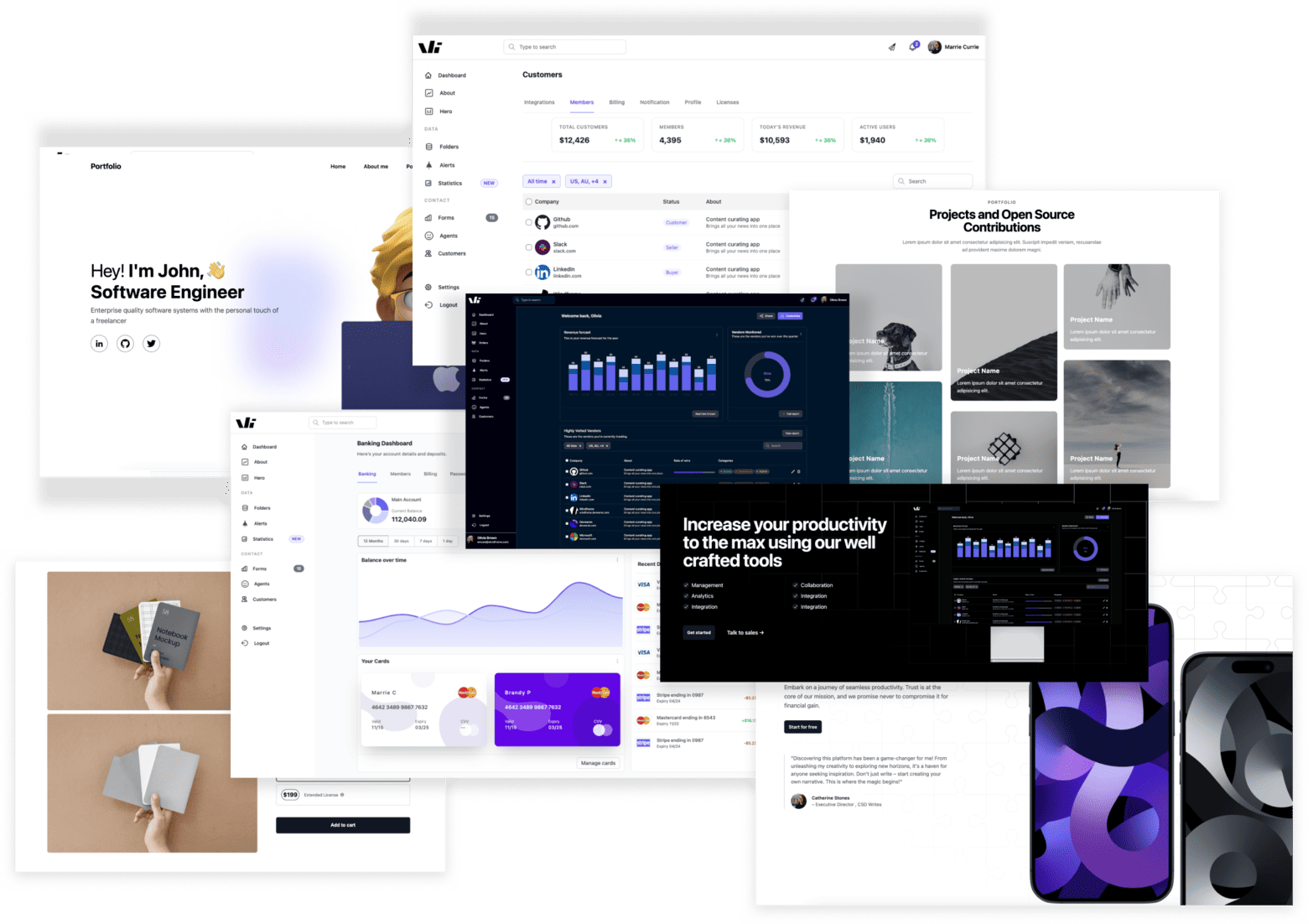Using AI in Web Development in Today’s World

AI isn’t just a buzzword anymore. It’s sitting inside the tools developers use daily, quietly reshaping how we design, write code, test, and ship products. For web developers, this shift isn’t about replacing skills but amplifying them. The people who learn how to work alongside AI, not against it, will build faster, cleaner, and more creative projects.
Let’s dig into where AI fits into web development right now, what’s worth paying attention to, and how you can use it in practical, day-to-day work.
AI in Code Assistance
Most developers have already brushed up against AI coding assistants like GitHub Copilot, ChatGPT, or Tabnine. These aren’t gimmicks, they can autocomplete functions, generate boilerplate, or even explain confusing code snippets.
Where it helps most:
-
Repetitive logic that you’d normally copy-paste.
-
Exploring unfamiliar APIs or libraries.
-
Drafting functions quickly so you can focus on architecture instead of syntax.
Practical tip: don’t accept everything blindly. Use AI as a co-pilot, not an autopilot. Skim the suggestions, refactor, and test. This way, AI boosts productivity without creating hidden bugs.
AI in Debugging and Testing
Debugging has always been a time sink. Now, AI-driven tools can scan code for common errors, generate unit tests, and even suggest fixes. Imagine writing a test suite without manually setting up every scenario—AI can scaffold that for you.
Some teams even integrate AI into CI/CD pipelines so that when a pull request comes in, automated systems flag not just syntax errors but deeper logic problems. This shortens the cycle between writing and shipping.
AI in UI/UX Design
Web development isn’t just about code. Frontend devs and designers are using AI tools to generate mockups, refine layouts, and even create color palettes or typography pairings. Platforms like Figma now include AI features that suggest responsive layouts or turn rough sketches into polished wireframes.
Why it matters: AI reduces the gap between “idea” and “implementation.” You can move from brainstorming to a coded prototype in hours instead of weeks.
AI for Content and SEO Integration
Websites live or die by their content. AI-powered SEO tools analyze keyword intent, generate copy drafts, and highlight accessibility improvements. For blogs, landing pages, or e-commerce descriptions, this means you don’t have to start from a blank page.
But again,the human touch matters. AI can give you structure and suggestions, but people connect with personality, not generic output. Developers and content teams should think of AI as a draft partner.
AI in Performance Optimization
Performance tuning often comes down to spotting bottlenecks that humans might miss. AI tools can monitor real-time data, detect unusual patterns in traffic or API calls, and suggest caching or database improvements.
For example, some hosting providers already use AI to auto-scale resources or reroute requests before downtime happens. This means fewer headaches for developers managing infrastructure.
Practical Ways to Start Using AI as a Web Developer
You don’t need to overhaul your stack to use AI effectively. Start small:
-
Use Copilot or an AI code assistant inside VS Code.
-
Try an AI-driven design tool for wireframes.
-
Add an AI content optimizer for your blog or landing pages.
-
Experiment with AI-based test generation in your next project.
The key is integration, not replacement. Add AI into workflows you already use so it feels natural. You can check out this roundup of the best AI-powered tools if you're not sure where to start, it covers code assistants, design tools, and workflow automation.
The Human Side of AI in Web Development
With all the hype, it’s easy to forget: AI doesn’t think, it predicts. It’s only as good as the data it’s trained on and the context you provide. The best developers in 2025 aren’t the ones who let AI write everything, but the ones who know how to guide it.
That means sharpening your fundamentals. Understanding HTML, CSS, JavaScript, and frameworks deeply still matters. AI won’t catch edge cases or user-specific needs the way you can. Think of AI as an accelerant, not a foundation.
Conclusion
Using AI in web development in today’s world isn’t optional anymore, it’s part of the landscape. From code generation and debugging to UI design and SEO, AI makes projects faster, cleaner, and sometimes even more creative.
The developers who thrive will be the ones who treat AI as a tool, not a crutch. Learn how to bend it to your workflow, and you’ll spend less time wrestling with boilerplate and more time building things that actually matter.
Windframe is an AI visual editor for rapidly building stunning web UIs & websites
Start building stunning web UIs & websites!
